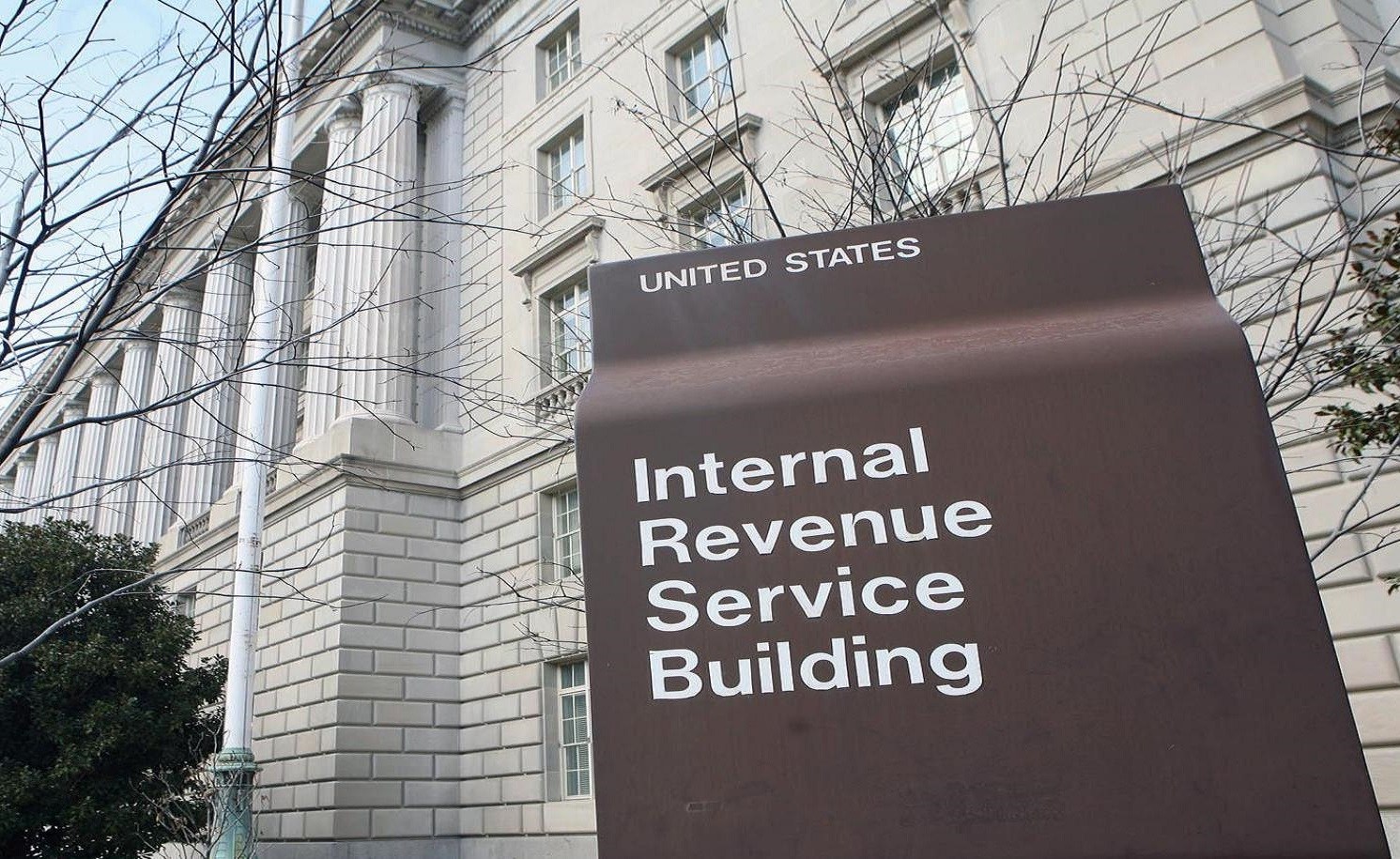
Whether you are a temporary nonresident alien in the United States or you’re planning to move to the U.S. permanently, there are actions you can take to get your tax affairs in order. It's important to know your tax resident status and what specific tax obligations come with your situation.
You can potentially save a significant amount of money by planning your finances before you the U.S. taxes your worldwide income. Taxes can be expensive and burdensome, but there are ways to minimize your tax liability the legal way. Plan ahead - there are several actions you should consider to potentially reduce your tax burden.
Know Your Status: Tax resident status is NOT the same as immigration status
In the United States, even temporary visitors can be tax residents if they spend a certain amount of time in the country. If you are a nonresident foreign national and you’re planning to stay in the U.S. for some time, make sure you understand when you might convert to a Resident Alien for tax purposes.
Chart to Determine Your Tax Resident Status
Are you a resident for tax purposes or a non-resident for tax purposes? Here’s a chart to help you determine your status:
| If you are a... | Then you are a... | |
| U.S. Citizen | Tax Resident | |
| Green Card Holder | Tax Resident | |
| Non-U.S. Citizen and Pass Substantial Presence Test | Tax Resident | |
| Non-U.S. Citizen and Pass Green Card Test | Tax Resident | |
| Non-U.S. Citizen and DO NOT Pass Substantial Presence Test and DO NOT Pass Green Card Test | Non-Resident for Tax Purposes |
The Green Card Test is easy. If you are an immigrant who is a lawful permanent resident, otherwise known a green card holder, and you spent at least one day in the United States, you are automatically a tax resident. If you don’t meet this requirement, take the Substantial Presence Test.
There are exclusions from the countable days such as staying in the country for medical treatment and stopping by while traveling between two countries. Some visa types like F-1, F-2, J, J-1, and J-2 are also exempted from the Substantial Presence Test (SPT).
If you pass the SPT, the U.S. government will tax you as a U.S. tax resident (a resident alien). If not, you will file taxes as a nonresident alien.
The most important difference between being taxed as a resident alien versus a nonresident alien is that resident aliens are taxed by the United States on their U.S. income AND worldwide income. Nonresident aliens are only taxed by the U.S. on their U.S. income.
Surrendering a Green Card for Tax Advantages
Another scenario where you may be taxed as a resident is if you surrendered your green card, but you did not comply with the notification requirements.
If you want to abandon your lawful permanent resident status, you must to file Form I-407 with the Department of Homeland Security. Although this may provide you with tax relief, it has permanent consequences to your immigration status as well. Speak to an immigration attorney before filing Form I-407. To change your tax status, you also have to file Form 8854 with the Internal Revenue Service (IRS) and pay exit taxes if applicable. I-407 filers must also comply with the notification requirements to the applicable department which is either the Department of State or Department of Homeland Security.
Exemptions from Being Taxed as a Resident Alien
Some statuses are exempt from resident alien tax liabilities – are you one of them? While the rules for being a tax resident are clear, there are ways to maintain your status as a nonresident alien. Exempt individuals include:
- Students with F*, J, M, or Q visa types
- Trainees and teachers with J or Q visas*
- Professional athletes competing in the US for a charitable sports event
- Government officers from foreign countries with an A or G visa except for A-3 and G-5
- International organization employees
- Immediate family members of any of the visa holders above
*Students on visas enjoy a five-year exemption while teachers and trainees holding J or Q visas are exempt for two calendar years every six years.
Another option is to look for applicable treaties between the U.S. and your country to elect a nonresident alien status. There may be reduced rates under these treaties. The terms governing the rules for each country differ, so check the IRS repository for treaties which may be applicable to your status. In addition, students may qualify for the Closer Connection Exception. The Substantial Presence Test computes countable days in the country based on three years: the current year, the previous year, and two years prior. The Closer Connection provides greater leeway since it only counts the 183 days for the calendar year. You’ll need to meet these requirements to take advantage of this exception:
- Your “tax home” is in a foreign country and, often, this is your permanent residence and where your personal belongings are, and your family resides.
- You are in the U.S. for fewer than 183 days for the calendar year.
- You have to file Form 8840 and claim a “closer connection” to a foreign country. If the IRS establishes that your contact with your home country is more significant than the U.S., you can continue to enjoy the benefits of being a nonresident alien.
Be Aware of the Income and Asset Reporting Requirements
There are various income and asset reporting requirements depending on your status. According to IRS, you can determine what income to report based on your status. If you meet the requirements as a tax resident, you need to report U.S. and worldwide income to the IRS. While you may not be taxed for the entire amount, you still have to meet the reporting guidelines and prepare to pay tax based on your worldwide income.
Meanwhile, nonresident aliens will only have to pay taxes on the following:
- Effectively Connected Income (ECI) from a business of trade in the United States. Examples include profit from sales of goods in the U.S. regardless of where the inventory was purchased. Learn more >
- Fixed, Determinable, Annual, or Periodical (FDAP) income within the United States. Learn more >
Reporting requirements for nonresident aliens include:
- Foreign Bank and Financial Accounts Form 114 if the aggregate value of your foreign asset interest exceeds $10,000. You don’t have to include this in your tax return but you have to file this form directly to the Financial Crimes Enforcement Network bureau of the U.S. Treasury Department. Learn more >
- IRS Form 8938 for financial assets maintained by a foreign financial institution with an aggregate value of more than $50,000. These assets include interests in a foreign entity and securities and stocks issues by a non-U.S. person. If you’re a nonresident alien, you only need to file this form if you elect to be treated as a resident for joint income tax filing or if you are a bona fide resident of Puerto Rico or American Samoa. You need to attach this form to your annual income tax return. Learn more >
- Form 8843 for nonresident aliens who want to exclude days present in the U.S. for SPT because they are either exempt or were not able to leave the country because of a medical issue. Learn more >
Strategies to Reduce Taxes When Moving to the United States
If you’ve already moved to the United States or if you are planning to move to the U.S., there are actions you can take to get your tax affairs in order. It’s important to plan your finances before you become liable for U.S. taxes or find the U.S. trying to tax your worldwide income.
If you’re planning to stay in the United States for an extended period, it’s best to know what your tax status would be and plan accordingly. If you are planning to immigrate, you should assess if you can afford the tax burden.
If the tax burden is too heavy, you have to decide whether you should maintain ties with your home country to claim a nonresident status for tax purposes during the transition year. Timing your green card application and knowing exactly when you become a resident will help you identify the most practical options. There are tax planning firms with experts in foreign income and assets who can help you.
Review your foreign assets and dispose of them if appropriate – U.S. foreign asset reporting requirements are onerous.
In the U.S., there are lots of rules about reporting foreign assets. It’s important for you to understand how your foreign assets, particularly interest in foreign corporations or offshore companies, will be taxed. In some cases, you could be double taxed. Seek the advice of an experienced financial advisor who can help you determine if you should keep or liquidate foreign assets before becoming a U.S. tax resident.
One useful workaround is to change the way the company is treated so that it is not a corporation but instead a pass through entity. This can create what is called a “step up basis” prior to you becoming a U.S. tax resident and can help minimize the tax impact to you. Again, an experienced accountant and financial advisor can assist you in determining the best course of action.
Consider selling assets abroad before becoming a resident alien – capital gains tax in your home country may be lower.
Capital gains tax is another tax you may be able to control before becoming a U.S. resident. If you plan on selling stocks, do it before moving to the U.S. or becoming a U.S. resident. For tax purposes, capital gains are computed based on the original cost (the basis). The U.S. long term capital gains tax is 0-20% depending on your income in the year of the sale of the security. You may also be subject to the Net Investment Income Tax (NIIT) of 3.8% if you exceed certain income thresholds. You may be moving to the U.S. from a country without capital gains tax or with a lower capital gains tax than the U.S. If you sell your stocks prior to coming to the US, you may save a lot, given that the U.S. would require you to pay capital gains tax on that transaction based on the security’s original basis if you were a U.S. resident when you sold the security.
As for losses, you can carry forward accrued losses and use them to offset regular income and U.S. capital gains in the future.
Gift assets prior to becoming a U.S. resident - U.S. gift and estate tax rates can be as high as 40 percent.
The maximum rate for estate and gift taxes is at 40 percent. So, if you are planning to move to the U.S. consider if it would be better to dispose of some of your assets as gifts beforehand.
If you have an estate which exceeds the lifetime exclusion of $11.18M, consider setting up a discretionary trust or making an irrevocable gift to a relative who is outside the United States. This, of course, may depend on your home country and the applicable gift tax rates- they may be higher than those in the US!
Once you are a U.S. resident, when your transfers, living or dead, exceed $11.18M, you will be liable for estate and gift taxes. This $11.18M limit is valid through 2025, but it will revert back to $5M by 2026 unless Congress acts to extend it. This change also offers an opportunity to plan ahead especially if you have a lot of property.
If you give away assets or properties prior to becoming a U.S. resident, those past gifts will not be included in this tax-free limit. A trust including the undistributed accumulated income will also be taxable unless it has been funded and set up five years before you become a U.S. resident.
Accelerate or defer income if appropriate, depending on whether your home country or the U.S. have a lower tax rate.
Which tax rate is higher – your home country or the U.S.?
If your home country’s tax rates are lower than the U.S., opt for accelerated income recognition for all services performed outside the United States and for dividends to be paid from a closely held foreign corporation before you gain U.S. resident status. If U.S. tax rates are lower, defer income recognition and wait until you become a resident. By timing the recognition of income with the change in your tax status, you can minimize your taxes without committing tax evasion.
Tax Planning is Smart Planning
Tax planning should be in your checklist if you’re moving to the United States or staying for an extended time. It’s also helpful to know tax treaties between the U.S. and your country.
By comparing the tax burden between your current country and the U.S. and disposing of properties ahead, you will have a better handle on your finances. Looking into taxation and its implications will not just help you minimize the tax burden, it will also provide a more accurate picture of the true cost of moving to America.
CitizenPath does not provide tax, legal or accounting advice. This material has been prepared for informational purposes only, and is not intended to provide, and should not be relied on for, tax, legal or accounting advice. You should consult your own tax, legal and accounting advisors before engaging in any transaction.
CitizenPath partner MYRA Wealth specializes in financial, investment and tax planning for international and multicultural families in the United States. If you are a U.S. immigrant with complex tax or financial needs, schedule a consultation.
Disclosure: CitizenPath partners with certain vendors who serve the immigrant community to bring you information about their services. MYRA Wealth is a valued partner, but this is not a sponsored post.
About CitizenPath
CitizenPath provides simple, affordable, step-by-step guidance through USCIS immigration applications. Individuals, attorneys and non-profits use the service on desktop or mobile device to prepare immigration forms accurately, avoiding costly delays. CitizenPath allows users to try the service for free and provides a 100% money-back guarantee that USCIS will approve the application or petition. We provide support for the Naturalization Package (Form N-400), Immigration Visa Petition Package (Form I-130), and several other immigration services.
Want more immigration tips and how-to information for your family?
Sign up for CitizenPath’s FREE immigration newsletter and
SAVE 10%
on our immigration services






